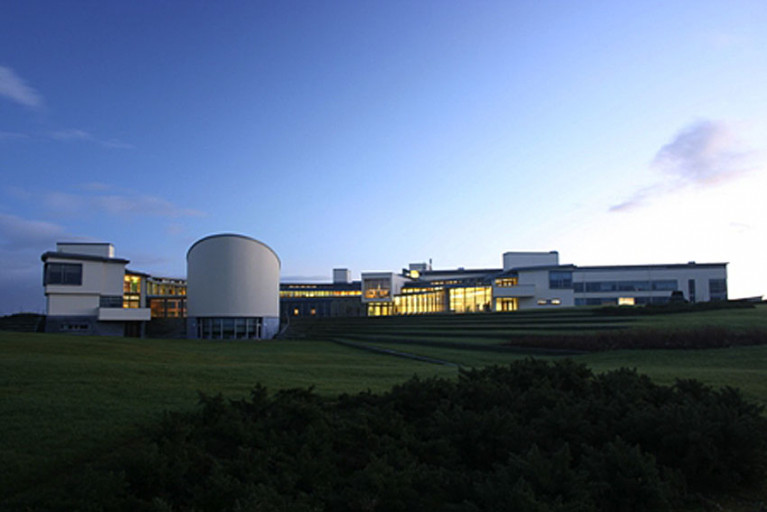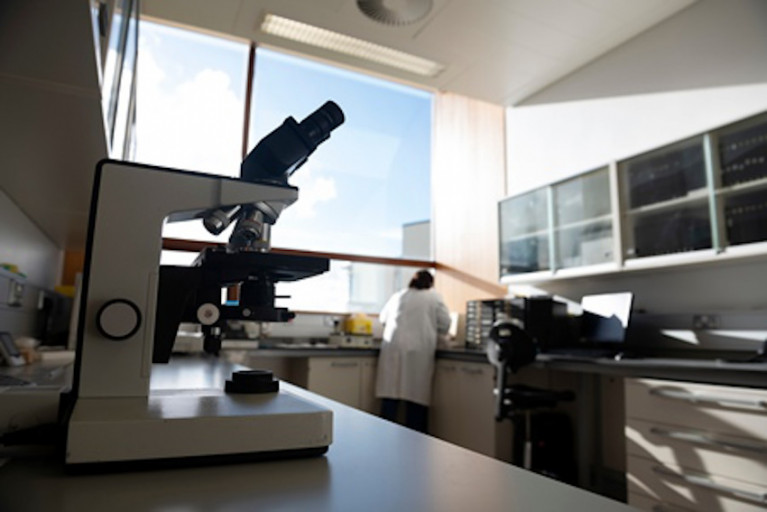Displaying items by tag: Cullen Scholarship Programme
New PhD Scholarship Awards Support the Next Generation of Marine Scientists
Seven new Cullen PhD scholarships have been awarded to run over the next four years, the Marine Institute has announced.
Established in 2014, the Cullen Scholarship Programme was named in memory of Anne Cullen (1958-2013), who made a significant contribution to the career development of many undergraduate students that have taken part in the Marine Institute’s annual summer bursary programme.
The programme provides research training opportunities for scientists in marine and related disciplines, leading to Master’s degrees and doctorates.
Students benefit from the academic support of their host institution of higher education, together with the practical training carried out using Marine Institute laboratory facilities, historical datasets and equipment, including access to the national marine research vessels.
Congratulating the latest award recipients, Marine Institute chief executive Dr Paul Connolly said: “Supporting the next generation of marine scientists enables Ireland to build our research and development capacity through excellent training and will provide scientific advice to stakeholders backed up by high quality peer-reviewed research.
“It also helps us to meet the important goals set out in the National Marine Research and Innovation Strategy.”
The seven projects awarded funds are:
- Biological changes in key commercially exploited fish in the light of Climate and Ocean Change – GMIT – €100,000
- Enhancing farmed Atlantic salmon quality through new production technologies – NUI Galway – €100,000
- Machine learning-assisted detection and prediction of climate change-related anomalous events in complex marine systems – GMIT – €100,000
- Improving fishing survey indices though the use of spatio-temporal models – GMIT – €100,000
- Seasonal to decadal sea level and ocean waves predictions through numerical modelling and statistical analysis – Maynooth University – €100,000
- Biodiversity conservation and restoration in the Wild Nephin Ballycroy National Park – GMIT – €100,000
- Ecology of Irish tunas – TCD – €100,000
Five of the scholarships will provide research findings that will be important in dealing with the effects of climate change on fisheries and marine systems.
The other two scholarships will investigate new production methods in the aquaculture sector, and the conservation of biodiversity in the Burrishoole Catchment in Newport, Co Mayo.
Students are expected to commence their projects in early 2021.
The latest funding of €700,000 adds to a total investment of €3.1 million in 34 scholarships — three MSc and 31 PhD — since the programme’s inception.
Two Master’s students have completed and five PhD students have successfully defended their thesis at viva, with a further eight students planning to submit their thesis in 2021.
The Marine Institute has announced a call for proposals from academic institutions to host Cullen Scholars and provide research training opportunities for scientists in marine and related disciplines leading to the acquisition of a doctorate.
The Cullen Scholars will be based primarily at a Marine Institute location during their scholarship in Fisheries Ecosystems Advisory Services (FEAS) in Galway and Newport, the Irish Maritime Development Office (IMDO) in Dublin, and Ocean Science and Information Services (OSIS) in Galway.
The Cullen Scholarship Programme provides development opportunities for the next generation of marine researchers, building marine research capacity. The programme was established in memory of Anne Cullen (1958-2013), who made a significant contribution to the work of the Marine Institute over 35 years.
Details of the individual research topics and Marine Institute co-supervisors are listed here:
- Enhancing farmed Atlantic salmon quality through new production technologies
- Biological changes in key commercially exploited fish in the light of Climate and Ocean Change
- Ecology of Irish tunas
- Improving fishing survey indices through the use of spatio-temporal models
- Biodiversity conservation and restoration in the Wild Nephin Ballycroy National Park
- The harbour porpoise (Phocoena) in Dublin Bay: Assessing habitat use and the effect of anthropogenic activity using visual and acoustic methods
- The economic analysis and development of long-term sustainable financial models for an Irish Ocean Observing System
- Machine learning-assisted detection and prediction of climate change related anomalous in complex marine systems
- Novel techniques for the collaboration of high precision sea level monitoring stations and development of associated data quality control techniques
- Seasonal to decadal sea level and ocean waves predictions through numerical modelling and statistical analysis
The closing date for this call is 4pm on Tuesday 7 July. All applications must be submitted through the Marine Institute’s online Grant Management System (RIMS).
Further detail of the Programme Terms and Conditions including a copy of the Grant-Aid Agreement and application procedures are available in the Cullen Scholarship Programme Terms.
Contact the Research Funding Office at [email protected] with any queries on the application process.





























































